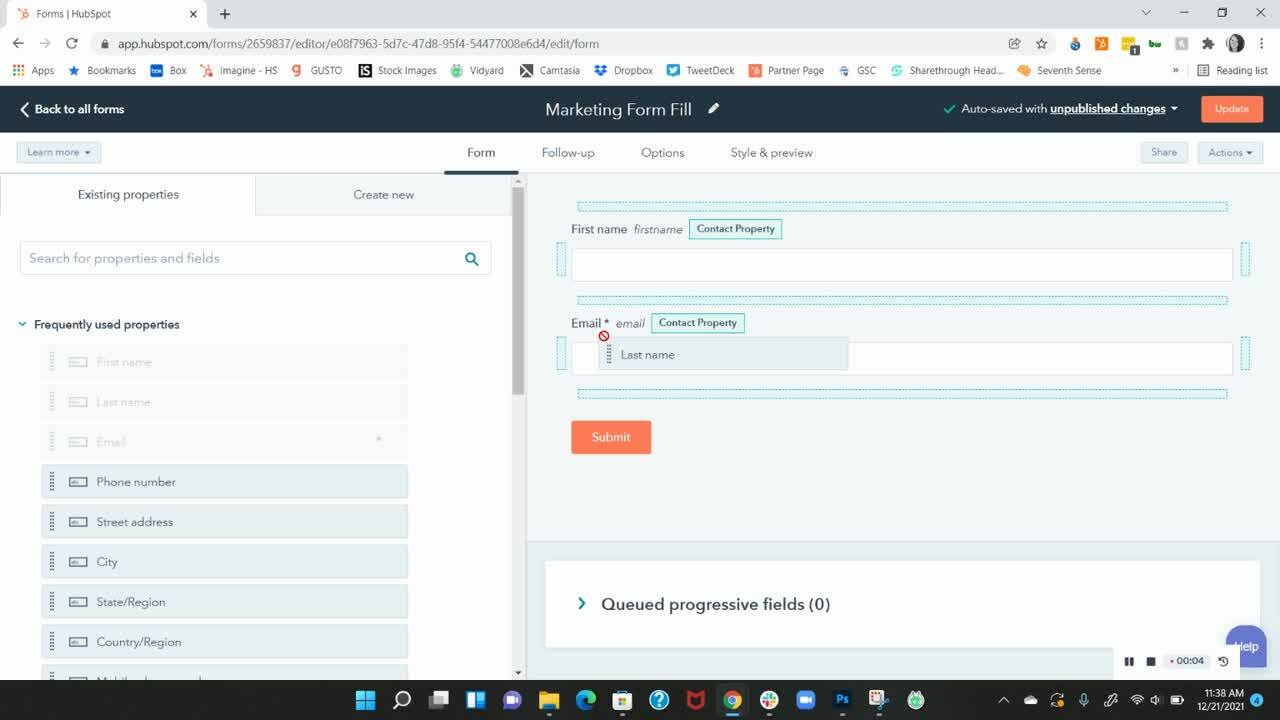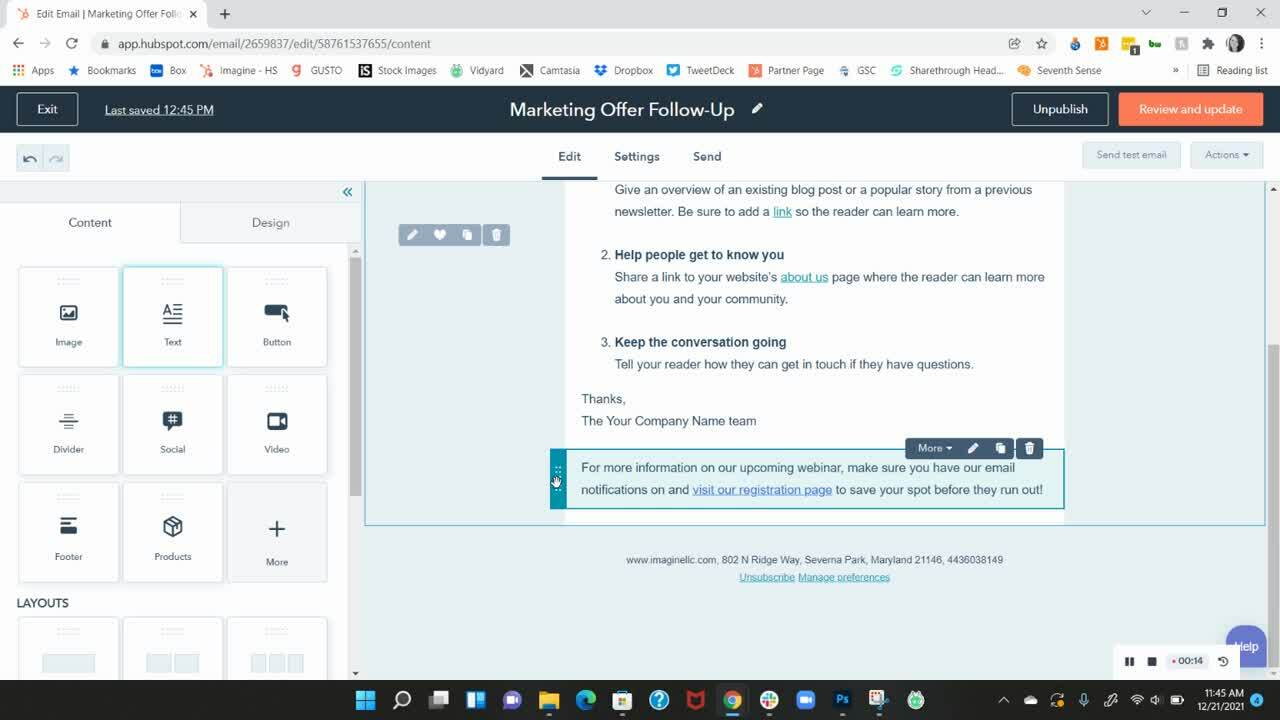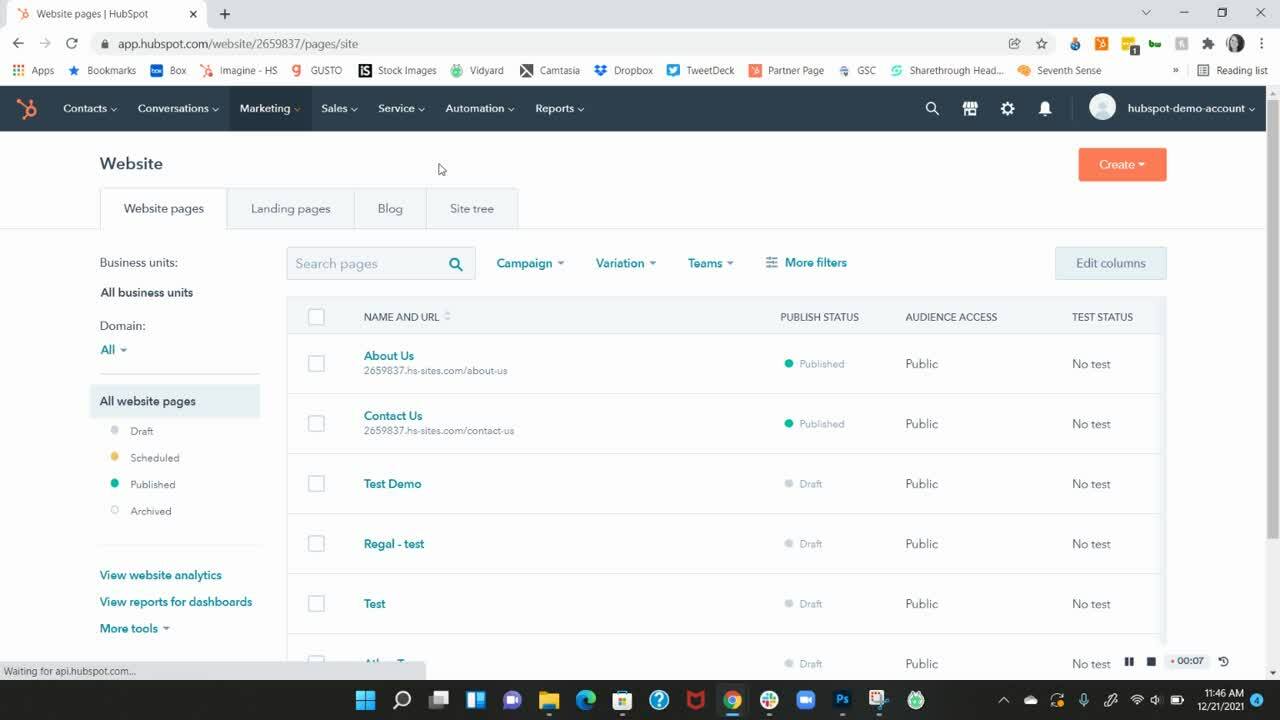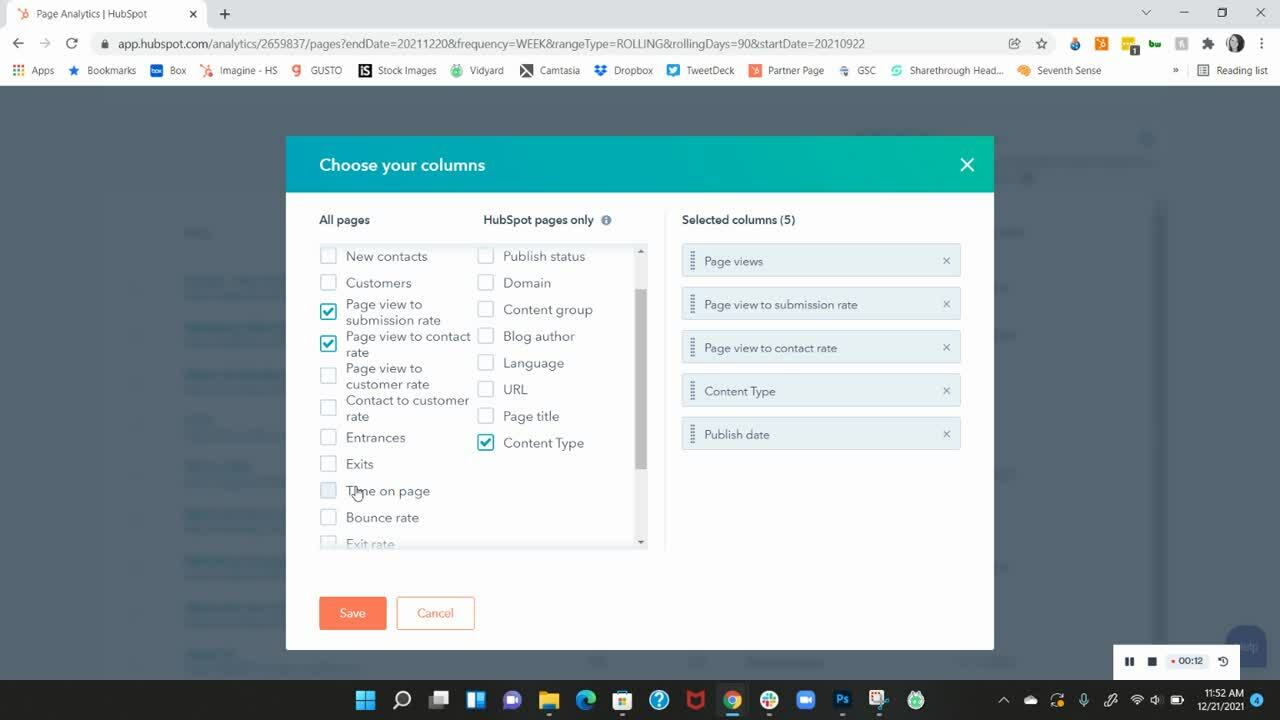 HubSpot is an extremely helpful tool for every aspect of your business. Here at Imagine, we work in HubSpot every single day, helping our clients get the most out of the product. There are tons of features that HubSpot offers, so you can really personalize what you’re doing to be successful.
HubSpot is an extremely helpful tool for every aspect of your business. Here at Imagine, we work in HubSpot every single day, helping our clients get the most out of the product. There are tons of features that HubSpot offers, so you can really personalize what you’re doing to be successful.
If you’re new to HubSpot or haven’t worked with the product that much, all the features can become overwhelming. When I first started at Imagine, figuring out how to use the Marketing Hub was a challenge because there’s so much to learn and remember. The same can be said for the Sales Hub, too. It takes time and patience to get there, and I’m always finding new and easier ways to do things through the platform.
There are some features that I think everyone should know about. So, whether you’re new to the product or are looking for some ways to make your life easier, here are the 9 ways you can get the most out of HubSpot’s Marketing Hub.
1. The activity section in a contact report - This section can give you so much more information on a contact than you would think. For marketing, you can see what emails have been delivered to a contact, and if they opened, and even clicked. You can also see what pages they’ve visited on the website. There are so many options to view what this contact has done, and you can easily filter through the different activities to find what you’re looking for.
This feature is great if you’re looking to target contacts to see how they’re engaging with your content. This gives you the option to drill down a little bit more into specific contacts to view who’s active and who isn’t. I don’t use this feature all the time, but it is nice to know there’s a place where you can confirm that a specific person did receive your communications.
2. Lists - Rather than searching for specific people you want to send marketing assets to, creating a list will allow you to pull in everyone you want to contact in one place. This makes sending emails and reaching out so much easier. It’s also a great way to keep track of subscribers to your blog or podcast. My favorite lists to use are the active lists because they’ll automatically update based on whether the person meets the filter criteria. That way I don’t have to go in and manually take out and insert contacts in a static list.
3. The full form editor - While you have the ability to create a new form in the drag and drop editor in your landing page draft, don’t sleep on going into the actual form editor.
The full form editor gives you access to many more details like dragging fields next to each other, rather than having them be stacked one on top of another.

You also have the ability to fully style how you want your form to look, which you can’t do in the editor attached to the landing page.
4. Cloning emails and creating email templates - If you have an email layout that you like and/or that works well, cloning the email and replacing the content or creating a template out of the one you like will save you a lot of time. It’s always easier taking what you know works and using it over and over again (with different content) rather than reinventing the wheel every single time.
5. The favorite section option within the email editor - If there’s something you insert frequently into lots of your marketing emails, use this feature! You won’t have to worry about inserting your desired content every single time. It saves you time. All you have to do is style the section that you’re going to reuse, favorite it, and use it in whatever other emails you’d like.

6. Content staging - What a game changer! While this feature will seem like it’s hiding from you, seeking it out and utilizing it will change the way you update your website.

We frequently use this feature to make changes to a web page or landing page without messing with the live version until it’s ready to publish. We also use this feature when we’re updating websites or making any mass updates to current live pages because you can publish all the changes at once rather than manually working through and updating each page. There can be a lot of anxiety around updating website pages, and this feature helps to eliminate those fears.
7. Campaigns - If you haven’t been using campaigns, you should be! It’s the easiest way to figure out how your content is doing for a specific launch or topic. Within campaigns, you can see what content is performing well and whether your campaign was a success. You have the ability to add a lot of different assets to your campaign and see metrics across the board on how everything is performing. This feature also makes it easier to find what pieces of content were attached to what launch so you aren’t having to hunt and pick out every individual piece. That way if your boss is asking you how an event performed or what happened with a product launch, you have visibility into the information they’re looking for.
8. Workflow folders - This is a great marketing organizational feature that you can use to keep everything in one place. For example, I have one folder for Blog Notification emails and one for Drips that we send out. You can utilize folders for your blog sends, nurtures, newsletters, and so much more. Having separate folders allows you to easily locate and access specific workflows and keeps everything organized.
9. Analytics traffic tool - I use this feature all the time to see how our site and pages are performing. There are so many options and filters to what you can see in this view, too. For instance, if you click on the pages tab, this gives you an overview of the top 10 pages of your site. Granted you can toggle to view more than the top 10 if you’d like.
You can also filter between all pages or individual sections such as web pages, landing pages, and blogs. This is really helpful to see what’s performing well for you. This feature also gives you the ability to manage the metric columns attached to your view so that you can make better decisions on how to make those pages perform even better. For example, if one of your landing pages is showing lots of views, but not many conversions, you can add it to your list to update because that page may need some attention.

Lastly, with this feature, you have the ability to change the time period, so you can see more specific metrics over a more specific time frame.
HubSpot’s Marketing Hub has an extensive list of features that are available for you to utilize. Whether you’re new to HubSpot or have been working with the product for a while, these features can be more useful and valuable than you realize.
It can be overwhelming to figure out what exactly you need to be successful. With these above features in mind, I hope you can find ways to make your marketing easier and more seamless because we all know how important time and efficiency are to a marketer!

